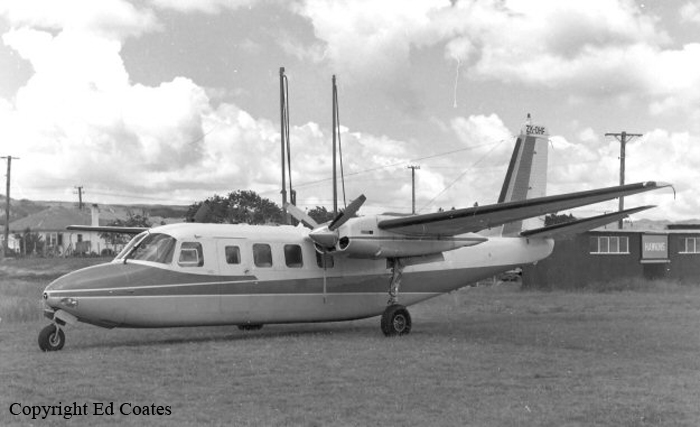Crash of a De Havilland DH.104 Dove off Chicago: 1 killed
Date & Time:
May 20, 1975 at 1139 LT
Registration:
N1536V
Survivors:
No
Schedule:
Chicago - Chicago
MSN:
04355
YOM:
1952
Crew on board:
1
Crew fatalities:
Pax on board:
0
Pax fatalities:
Other fatalities:
Total fatalities:
1
Captain / Total hours on type:
22.00
Circumstances:
After takeoff from Chicago-Merrill C. Meigs, while climbing, both engines failed simultaneously. The pilot lost control of the airplane that stalled and crashed into Lake Michigan. The aircraft was lost and the pilot, sole on board, was killed.
Probable cause:
Complete failure of both engines due to fuel exhaustion. The following contributing factors were reported:
- Inadequate preflight preparation,
- Mismanagement of fuel,
- Fuel exhaustion,
- Failure of both engines,
- Improper operations of flight controls,
- Fuel drained total less than two gallons from each wing,
- Right wing hit first and aircraft cartwheeled.
- Inadequate preflight preparation,
- Mismanagement of fuel,
- Fuel exhaustion,
- Failure of both engines,
- Improper operations of flight controls,
- Fuel drained total less than two gallons from each wing,
- Right wing hit first and aircraft cartwheeled.
Final Report:







